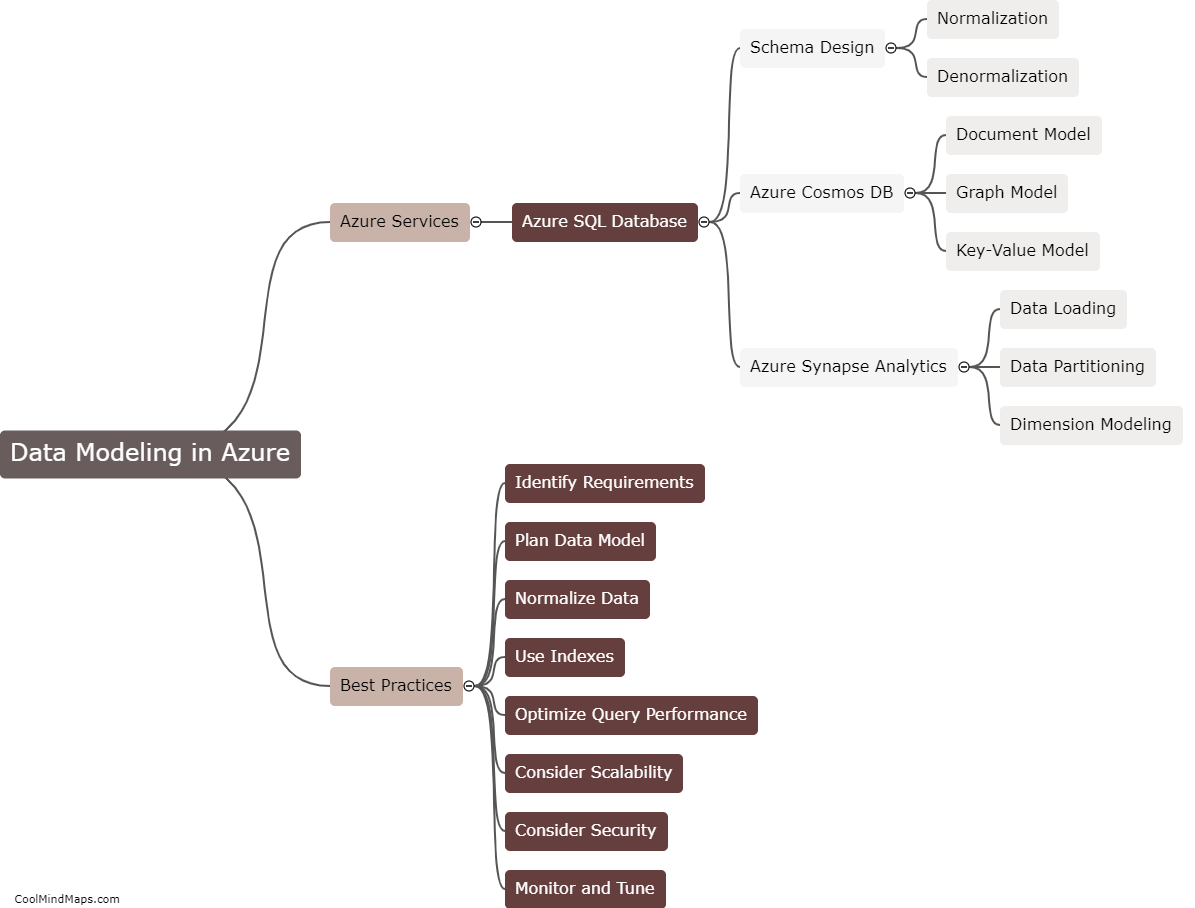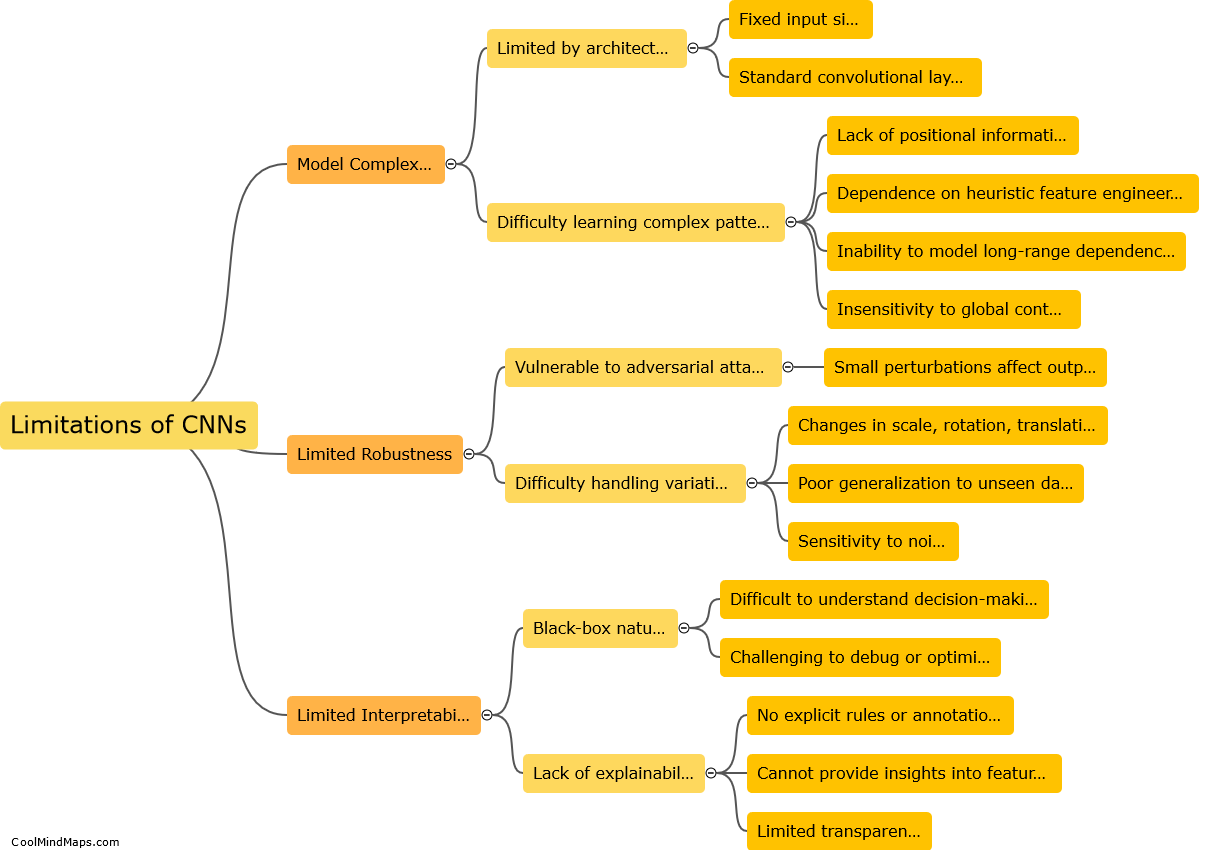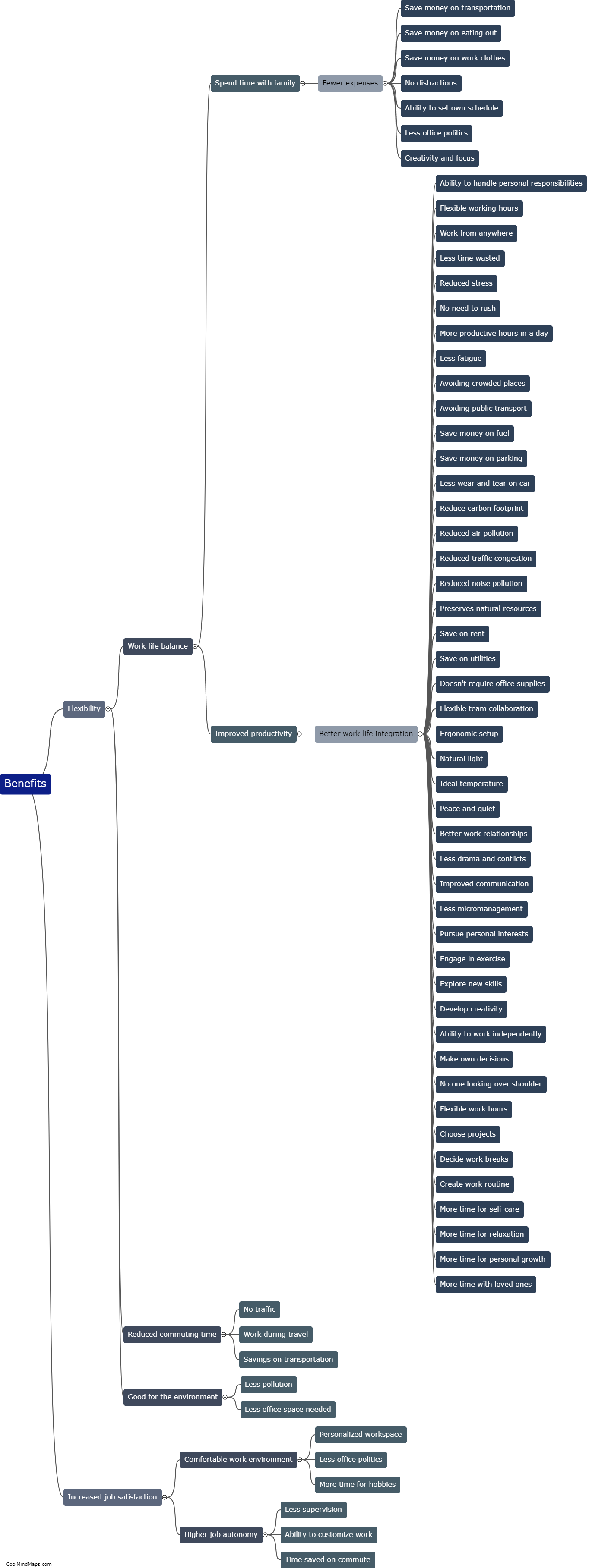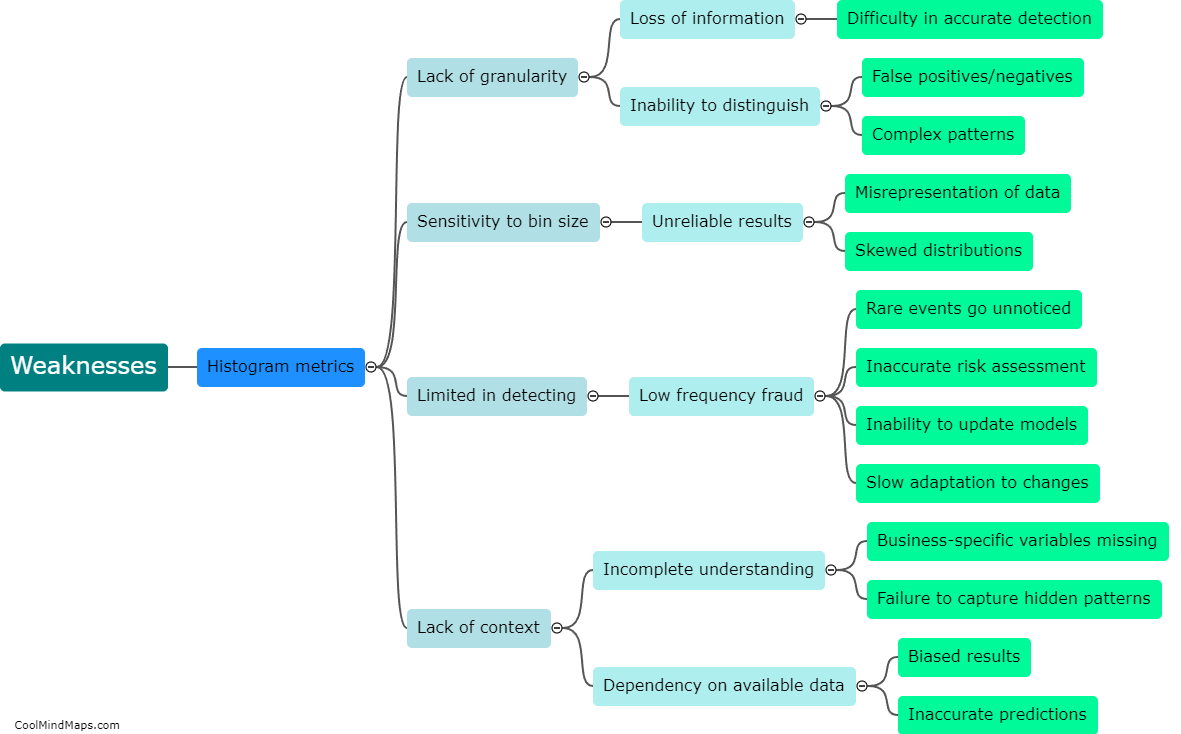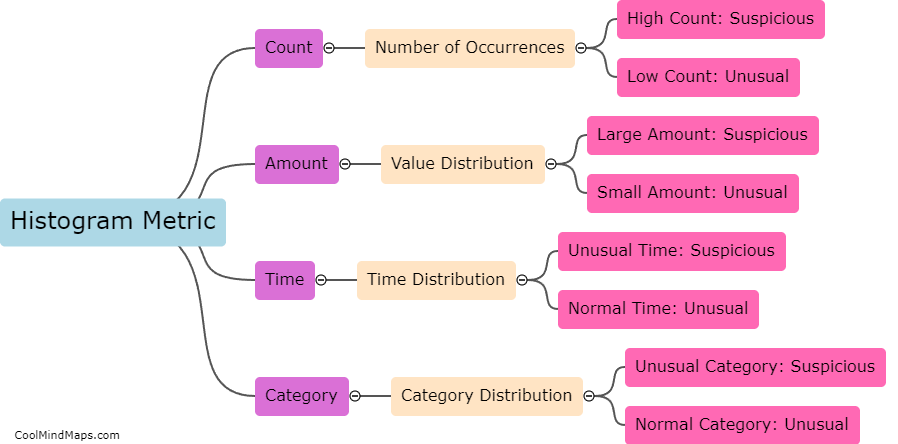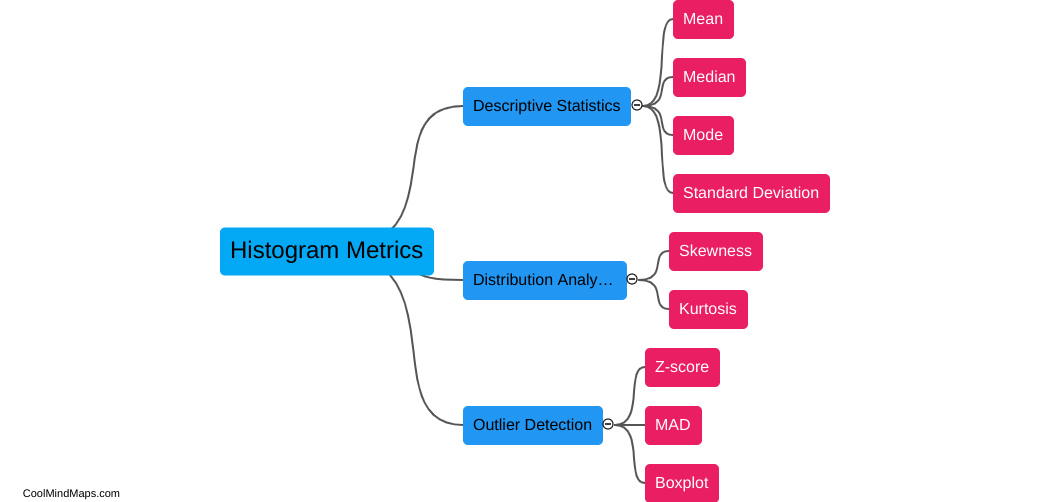What are the strengths of using histogram metrics in fraud detection?
Histogram metrics are widely considered as a valuable tool in fraud detection due to their inherent strengths. Firstly, histograms allow for visual representation of data, making it easier for fraud analysts to identify patterns, anomalies, and suspicious activities. By examining histogram distributions, analysts can quickly detect any unusual spikes or clusters that might indicate fraudulent behavior. Secondly, histograms provide a comprehensive summary of data, enabling robust analysis and statistical inference. They capture the frequency and distribution of variables, offering insights into the distribution of normal and fraudulent transactions. This aids in building accurate models and establishing effective fraud detection algorithms. Moreover, histograms enable the adaptation of thresholds and parameters, allowing organizations to fine-tune their fraud detection systems based on historical data and changing fraud patterns. Overall, the use of histogram metrics enhances the efficiency and accuracy of fraud detection mechanisms, helping organizations proactively identify and prevent fraudulent activities.
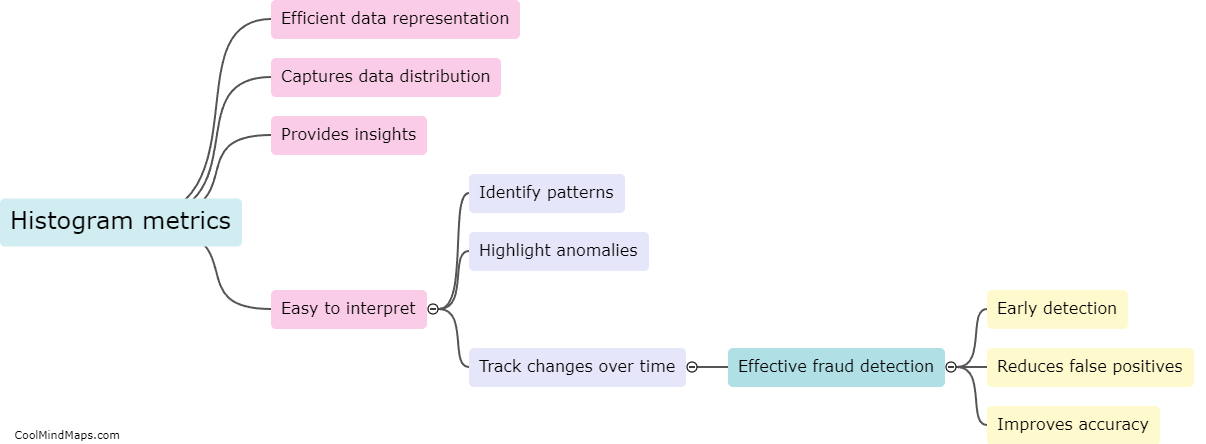
This mind map was published on 17 October 2023 and has been viewed 112 times.


